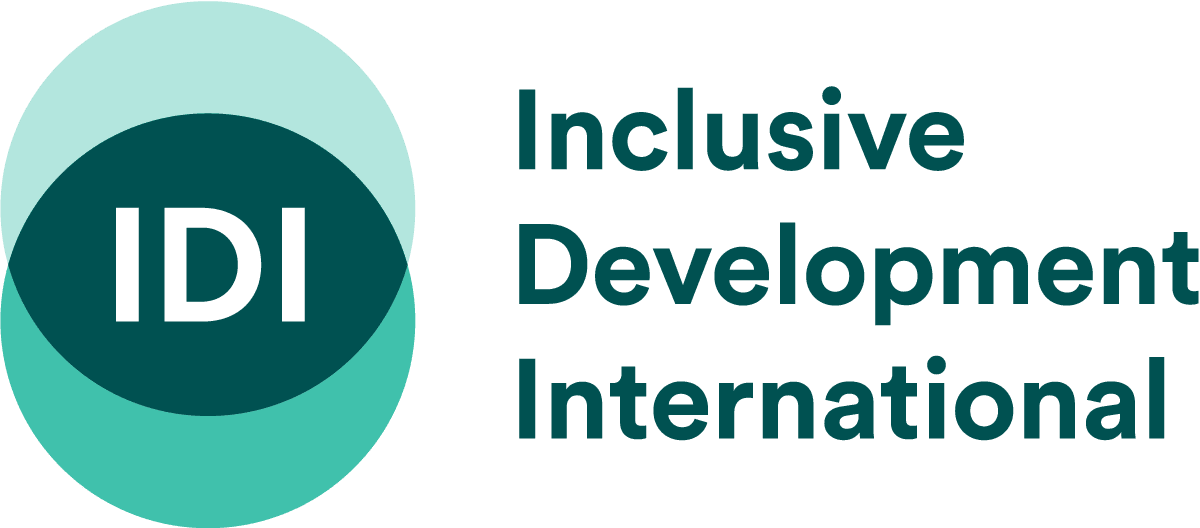About
This resource provides the tools and information needed to design a strategy to stop or reduce the harms from ill-conceived corporate investment and development projects — by following the money behind them.
As food, energy and financial industries relentlessly pursue new resources and markets, their interest in developing countries has exploded. The resulting rush for land and resources has led to forced displacement and dispossession on a staggering scale. Every year, millions of people are forcibly driven from their lands, homes and farms to make way for oil and gas pipelines, hydropower dams, high-end real estate development, large-scale agro-industrial plantations, and other mega-development projects.
While these projects can bring much-needed economic development, too often the benefits are not equitably distributed, and communities that are already poor and marginalized end up shouldering the costs. Displacement of communities and destruction of natural resources destroys livelihoods and leads to food insecurity, diminished access to schools and healthcare, and the breakdown of social networks and cultures. Instead of contributing to development, ill-conceived projects can undermine people’s rights to food, water, housing and decent work.
Improving accountability is essential. International human rights law and best practices require that these projects be transparent, allow public participation, and fully respect the rights of local communities. But many of the deals between companies and governments are struck behind closed doors, making it hard to scrutinize them before harms materialize, and impacted communities often struggle to have their voices heard.
Despite these challenges, it is possible to hold companies and governments to account. For this to happen, local communities and the organizations that support them must be organized, informed, and strategic. In most cases, the first step is to take complaints directly to local authorities, national authorities or the business operating on the ground. But when these approaches have limited success, there are other strategies to pursue that reach beyond the borders of the project and the country where it is located.
Behind most large-scale investment projects is a web of global actors that make the project possible. These actors include banks and investors that are funding the project and the companies that are buying what is being produced. All these actors are necessary to a project’s success, are aiming to earn a profit from it, and can influence their business partner operating on the ground. They also all have some responsibility to ensure that the project does not harm people.
Following the money — knowing who is financing a project, who is buying the product or raw material, and who else is making the project possible and profitable — opens up a range of opportunities for advocacy accountability.
We call the web of actors involved in a project an investment chain. Within this chain there are pressure points. If affected communities can identify the strongest pressure points and take actions directed at effectively influencing key actors in the investment chain, they are more likely to achieve their goals.
Understanding investment chains and pressure points, and effectively making use of them, can be difficult.
This website provides information, practical tips and exercises detailing how to map an investment chain behind a project, identify the strongest pressure points along the chain, and then devise effective advocacy strategies that leverage those points. It explains what you need to know, the challenges you may face, and the strengths and weaknesses of a range of advocacy options. Examples are provided from cases around the world where communities have tried to follow the money and have used a number of strategies to hold investors and governments to account.
